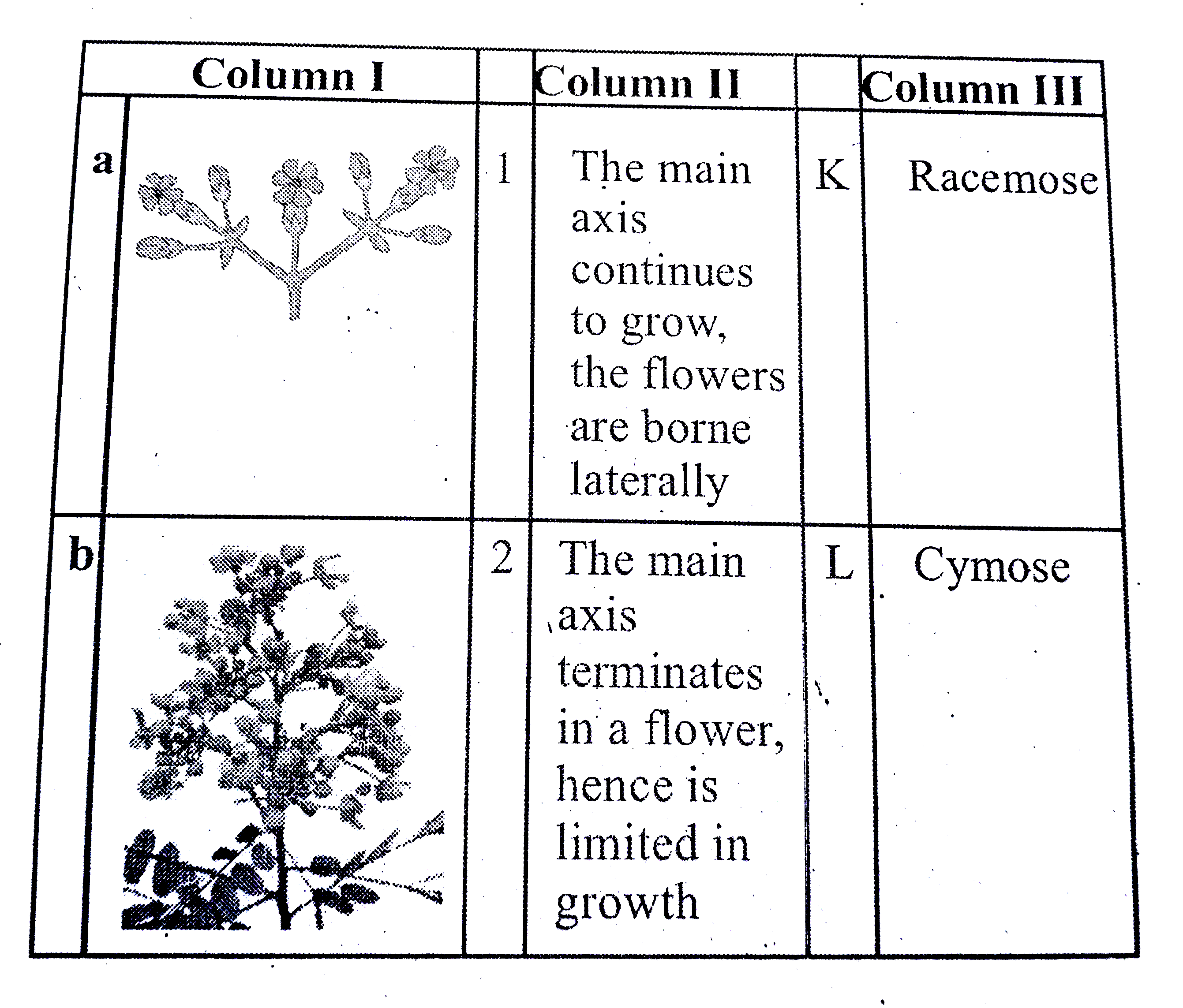Sulphur dioxide causes
I. respiratory diseases in human beings.
II. Red haze in the traffic
III. Irritation of the eyes.
The correct option is
Both I and II
Both II and III
Both I and III
I, II and III
The correct Answer is:C
To solve the question regarding the effects of sulfur dioxide, we will analyze each statement one by one.
1. Evaluate Statement I: Respiratory diseases in human beings.
- Sulfur dioxide (SO₂) is known to be a significant air pollutant. It can irritate the respiratory system, leading to conditions such as asthma, bronchitis, and other respiratory diseases. At concentrations as low as 5 parts per million, it can cause throat irritation and coughing. Therefore, this statement is correct.
2. Evaluate Statement II: Red haze in the traffic.
- While sulfur dioxide is a pollutant, it does not cause a red haze in traffic. The red haze is typically associated with other pollutants, particularly those that scatter light differently, such as particulate matter or nitrogen oxides. Hence, this statement is incorrect.
3. Evaluate Statement III: Irritation of the eyes.
- Sulfur dioxide can also cause irritation to the eyes. Exposure can lead to symptoms such as tearing and redness. Therefore, this statement is correct.
4. Determine the correct option:
- Based on the evaluations:
- Statement I is correct.
- Statement II is incorrect.
- Statement III is correct.
- Therefore, the correct option includes both statements I and III.
Conclusion:
The correct answer is that sulfur dioxide causes respiratory diseases in human beings and irritation of the eyes. Thus, the correct option is both 1 and 3.
---
- Sulfur dioxide (SO₂) is known to be a significant air pollutant. It can irritate the respiratory system, leading to conditions such as asthma, bronchitis, and other respiratory diseases. At concentrations as low as 5 parts per million, it can cause throat irritation and coughing. Therefore, this statement is correct.
- While sulfur dioxide is a pollutant, it does not cause a red haze in traffic. The red haze is typically associated with other pollutants, particularly those that scatter light differently, such as particulate matter or nitrogen oxides. Hence, this statement is incorrect.
- Sulfur dioxide can also cause irritation to the eyes. Exposure can lead to symptoms such as tearing and redness. Therefore, this statement is correct.
- Based on the evaluations:
- Statement I is correct.
- Statement II is incorrect.
- Statement III is correct.
- Therefore, the correct option includes both statements I and III.
The correct answer is that sulfur dioxide causes respiratory diseases in human beings and irritation of the eyes. Thus, the correct option is both 1 and 3.
Similar Questions
‘X’ is a gas that is poisonous to both plants and animals. The following have been reported regarding ‘X’ :
I. In low concentration, it causes respiratory diseases eg. Asthma, bronchitis, emphysema in human beings
II. It causes irritation to the eyes, resulting in tears and beings.
III. High concentration of X leads to stiffness of flower buds which eventually fall off ‘X’ is
View SolutionMatch the column I,II,and III .Select the correct option :

View Solution
Knowledge Check
Identify the correct terms for the given statements and select the correct answer.
(i) Sudden increase in the rate of respiration during ripening of fruits.
(ii) Reduction in the consumption of respiratory substrate when mole of respiration is changed from anaerobic to aerobic.
(iii) Respiratory oxidation of carbohydrates and fats.APasteur effectFlating respirationClimacteric respiration(i)(ii)(iii).BPasteur effectFlating respirationClimacteric respiration(i)(iii)(i).CPasteur effectFlating respirationClimacteric respiration(iii)(ii)(i).DPasteur effectFlating respirationClimacteric respiration(ii)(i)(iii).
Match the columns I, II and III. Choose the correct option.

View SolutionIdentify the correct option in column I, II and III

View SolutionMatch the columns I,II and III and find correct options

View SolutionThe bleaching action of chlorine is permanent, whereas the bleaching action and sulphur dioxide is temporary. In this context :
(i) Give a reason, why chlorine is not used to bleach silk.
(ii) State similarity in the use of sulphur dioxide and chlorine as bleaching agents.
(iii) Explain the bleaching action of sulphur dioxide with the help of chemical equations. (iv) Why is bleaching by sulphur dioxide only temporary?
View SolutionMatch List -I (substances) with List -II (processes) employed in the manufacture of the substances and select the correct option.
List -IList -IISubstancesProcesses(a)Sulphuric acid(i)Haber's Process(b)Steel(ii)Bessemer's Process(c)Sodium hydroxide(iii)Leblanc Process(d)Ammonia(iv)contact Process
View SolutionMatch the columns I, II and III and choose the correct combination from the option given :

View SolutionDifferent cells have different sizes. Arrange the following cells in an ascending order of their size. Choose the correct option among the followings
i. Mycoplasma, ii. Ostrich eggs
iii. Human RBC, iv. Bacteria
View Solution
